www.jstor.org/stable/24937...
www.jstor.org/stable/24936...
Reposted by: John D. Helmann
A rapid writing exercise for María Negre Rodríguez, a PhD student in my group
Ecological function of phenazine in soil
www.nature.com/articles/s41...
#MicrobiomeEcology at #LeidenBiology

Reposted by: John D. Helmann
Our latest work, A Zur-dependent regulatory RNA involved in maintaining zinc homeostasis in Staphylococcus aureus, is now live on bioRxiv! 🧬🦠📄
Check it out here: www.biorxiv.org/content/10.1...
Reposted by: John D. Helmann
www.biorxiv.org/content/10.1...

Reposted by: John D. Helmann
[RagB = YrrS]
@emboreports.org by Frédérique Pompeo et al
www.embopress.org/doi/full/10....

Reposted by: John D. Helmann
Where? In Journal of Bacteriology!
🫳 journals.asm.org/doi/10.1128/...
#subtiwiki #subtilis #CCR

Reposted by: John D. Helmann

Reposted by: John D. Helmann
journals.plos.org/plosbiology/...

journals.asm.org/doi/10.1128/...

Reposted by: John D. Helmann
#SubtiWiki @narjournal.bsky.social @inrae-france.bsky.social
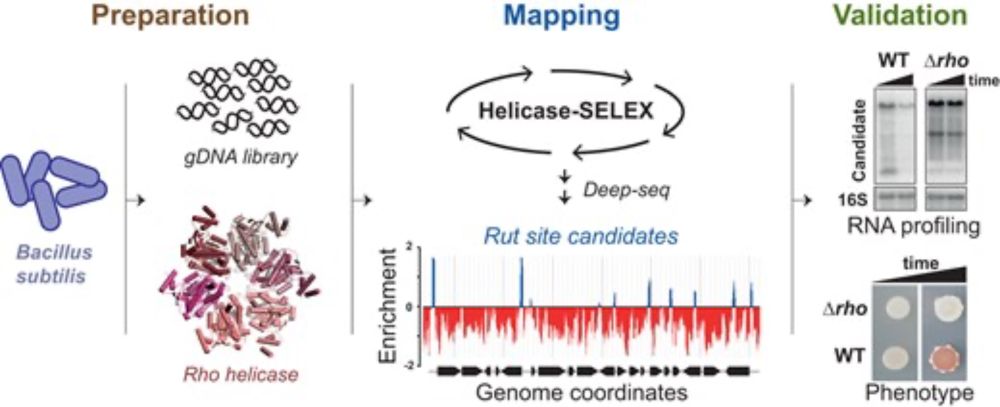
#MicroSky #Metals
rdcu.be/eycU2
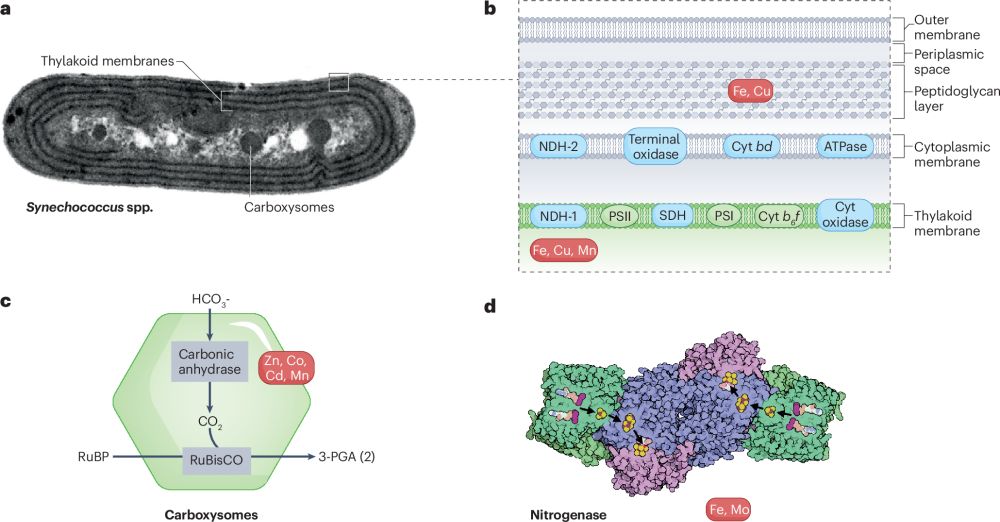
Reposted by: John D. Helmann

Reposted by: John D. Helmann
Reposted by: John D. Helmann
@jiwasa.bsky.social will continue the series, beginning with January's article on Assembly Line Polyketide Synthases
Details: cdn.rcsb.org/rcsb-pd...
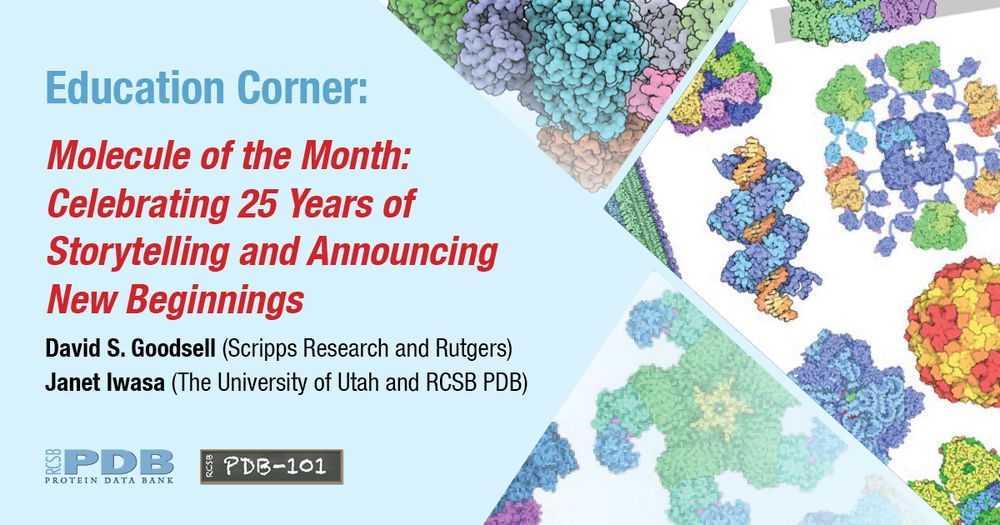
Reposted by: John D. Helmann
Reposted by: John D. Helmann
Reposted by: John D. Helmann
#JBiolChem from @fisherlab.bsky.social
with @johnhelmann.bsky.social
www.jbc.org/article/S002...
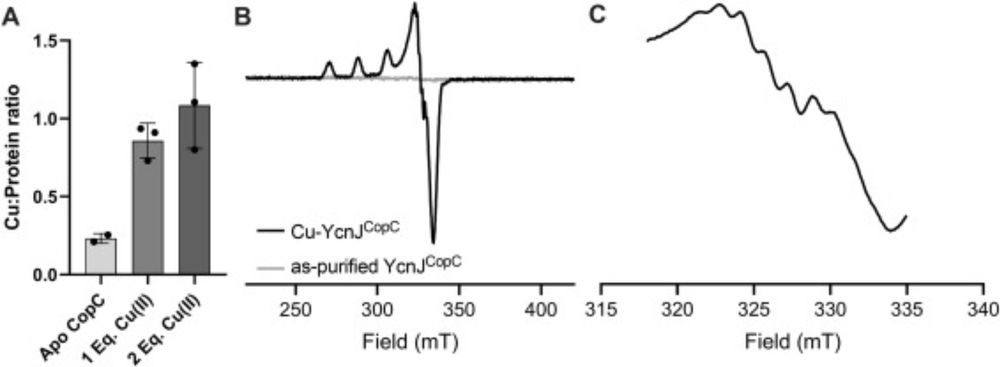
Reposted by: John D. Helmann
www.nature.com/articles/s41...
Reposted by: John D. Helmann, Mart Krupovìč
"𝗬𝗷𝗯𝗛 𝗮𝗻𝗱 𝘁𝗵𝗲 𝗱𝗶𝘃𝗶𝘀𝗶𝗼𝗻 𝗺𝗮𝗰𝗵𝗶𝗻𝗲𝗿𝘆 𝗷𝗼𝗶𝗻𝘁𝗹𝘆 𝗮𝗰𝘁 𝘁𝗼 𝗰𝗼𝗻𝗳𝗶𝗻𝗲 𝗽𝗵𝗮𝗴𝗲 𝗰𝗼𝗺𝗽𝗼𝗻𝗲𝗻𝘁𝘀" in Gram-positives (𝘉. 𝘴𝘶𝘣𝘵𝘪𝘭𝘪𝘴)
🙏 @bacteriophile.bsky.social for pointing this out
#PhageSky #MicroSky
![Figure 6. YjbH and the division machinery jointly act to confine phage components
(A) OF237 (ftsA-gfp, yjbH-mCardinal) cells were infected with SPO1, placed on an agarose pad, and followed by time-lapse fluorescence microscopy. Shown are images from FtsA-GFP (green), YjbH-mCardinal (red), overlay (1) of FtsA-GFP and YjbH-mCardinal, and overlay (2) of FtsA-GFP, YjbH-mCardinal, and phase contrast (gray), captured at the indicated mpi. Arrows highlight FtsA rings (yellow), YjbH foci (white), and their proximity throughout time (blue). Scale bar, 1 μm.
(B) An enlarged image corresponding to the bordered region in (A) (30 mpi, overlay [1]), with demarcated cell borders. Scale bar, 0.25 μm. An interpretive schematic illustrating YjbH (red) in proximity to FtsA (green) is depicted on the right.](https://cdn.bsky.app/img/feed_thumbnail/plain/did:plc:gudh3x7pgeh4uc6eee3zogtr/bafkreicz74bxvarhbtvyowxzd42l3umajhztp5awrtkvx5v3zo6hkm3vky@jpeg)
Reposted by: John D. Helmann
phenotype+genomes▶️GWAS▶️gene cluster for pigment production
Identification of widely conserved biosynthetic gene cluster involved in pigment production of Bacillus subtilis
journals.asm.org/doi/10.1128/...

#MicroSky #Zinc #Antibiotics
journals.asm.org/doi/10.1128/...

Reposted by: John D. Helmann
@natcomms.nature.com by Kazuo Kobayashi and colleagues
www.nature.com/articles/s41...
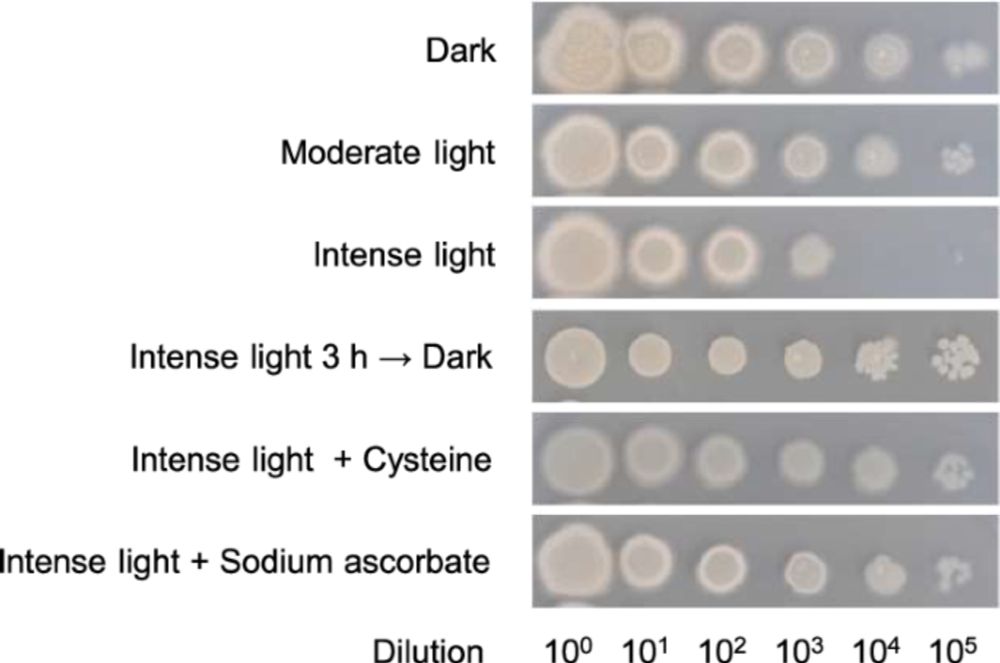
Reposted by: John D. Helmann
#MicroSky #cyclic-di-AMP
onlinelibrary.wiley.com/doi/10.1111/...
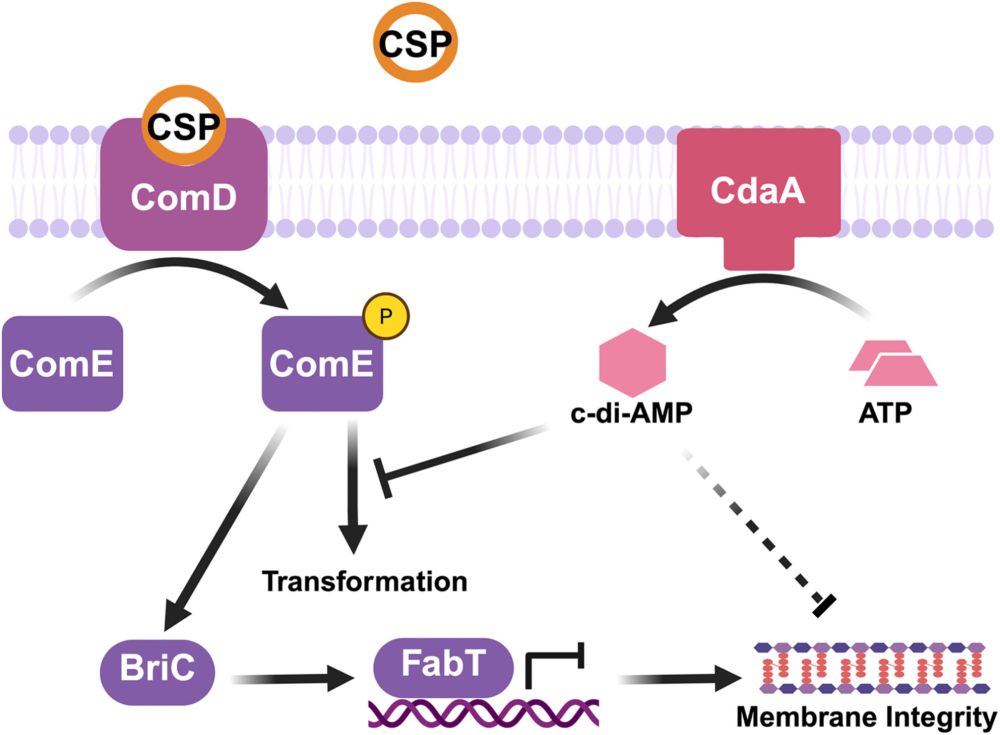
Reposted by: John D. Helmann
Molecular Microbiology | Microbiology Journal | Wiley Online Library onlinelibrary.wiley.com/doi/10.1111/...
#cdiAMPl @molecularmicro.bsky.social

Reposted by: John D. Helmann
The Mycobacterium tuberculosis Transposon Sequencing Database (MtbTnDB) is an interactive web resource summarizing 150+ published screens.
#MicroSky #Mycobacterium #tuberculosis
onlinelibrary.wiley.com/doi/10.1111/...
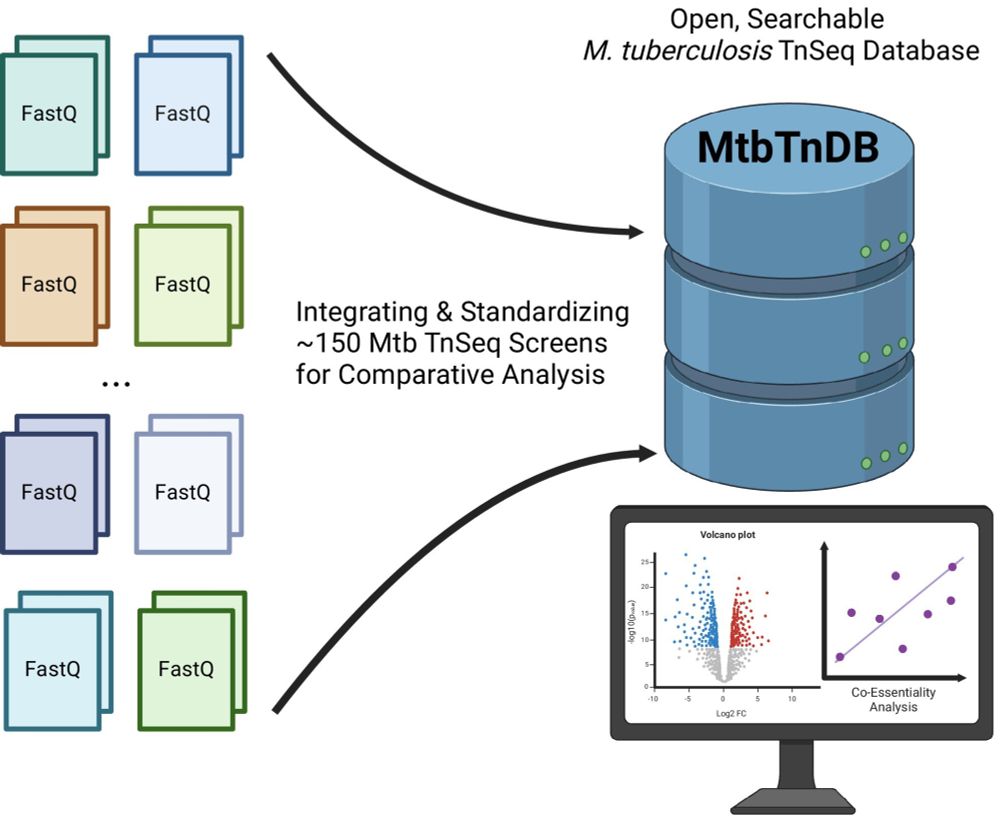
Reposted by: John D. Helmann
#MicroSky
onlinelibrary.wiley.com/doi/10.1111/...
